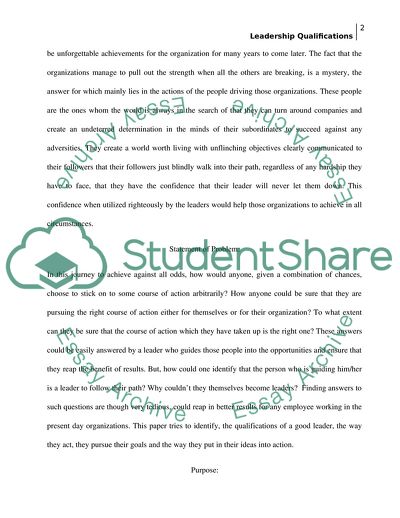Cite this document
(The Qualifications of a Good Leader Research Paper - 1, n.d.)
The Qualifications of a Good Leader Research Paper - 1. https://studentshare.org/human-resources/1718316-leadership
The Qualifications of a Good Leader Research Paper - 1. https://studentshare.org/human-resources/1718316-leadership
(The Qualifications of a Good Leader Research Paper - 1)
The Qualifications of a Good Leader Research Paper - 1. https://studentshare.org/human-resources/1718316-leadership.
The Qualifications of a Good Leader Research Paper - 1. https://studentshare.org/human-resources/1718316-leadership.
“The Qualifications of a Good Leader Research Paper - 1”. https://studentshare.org/human-resources/1718316-leadership.


